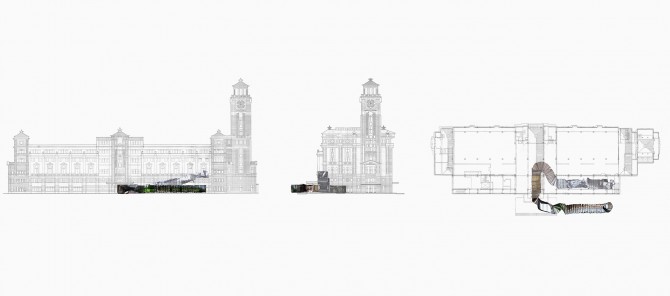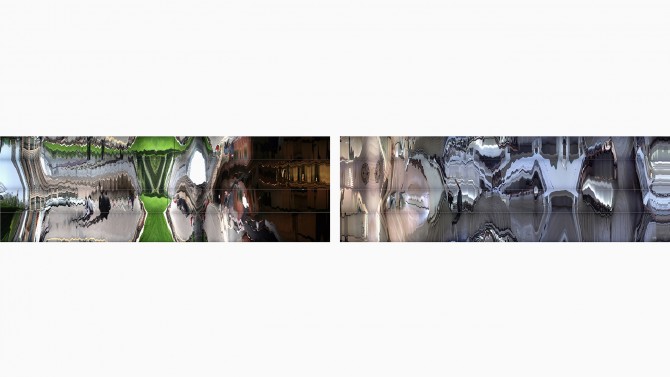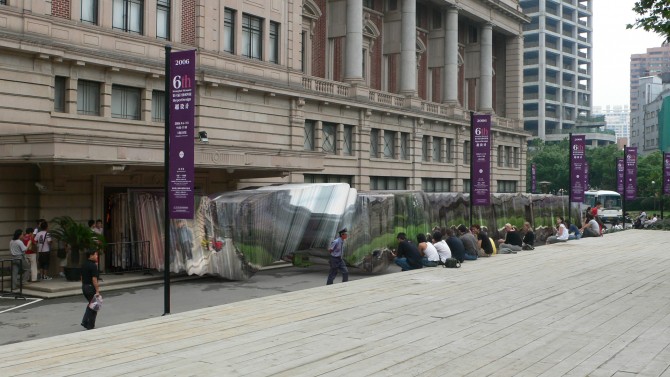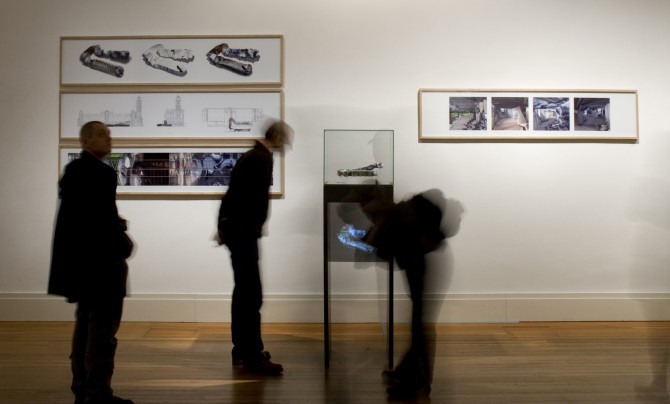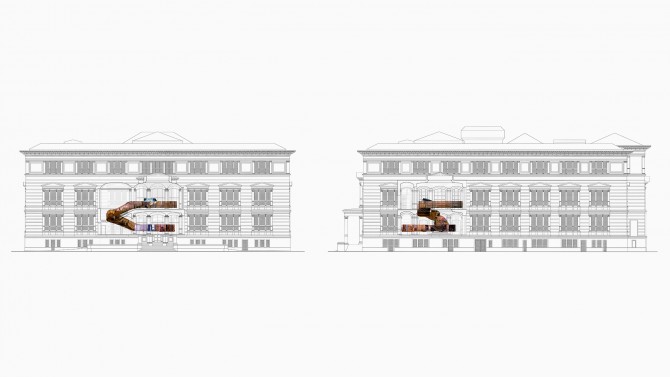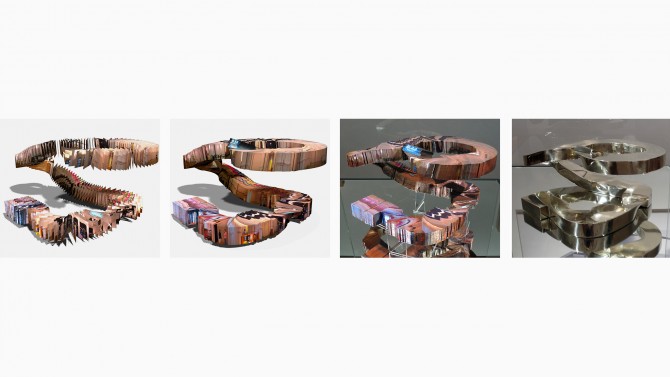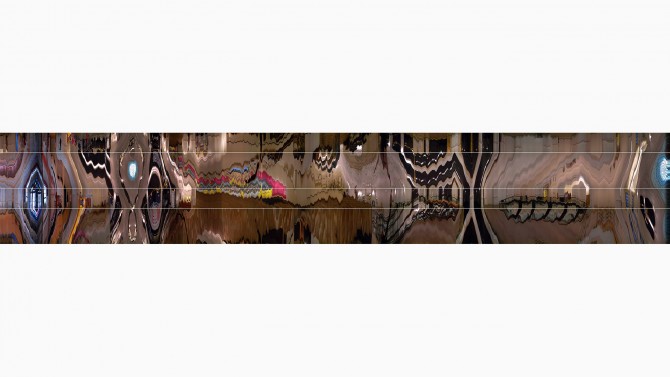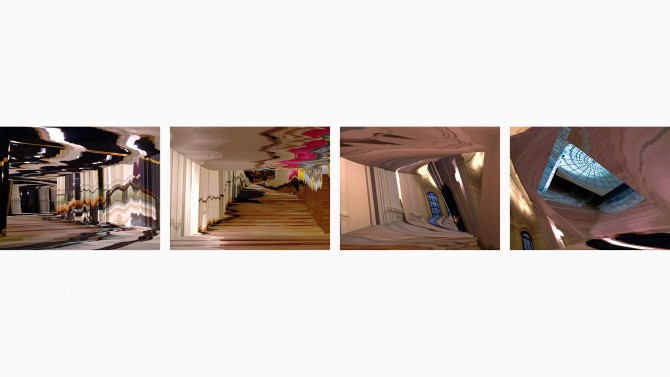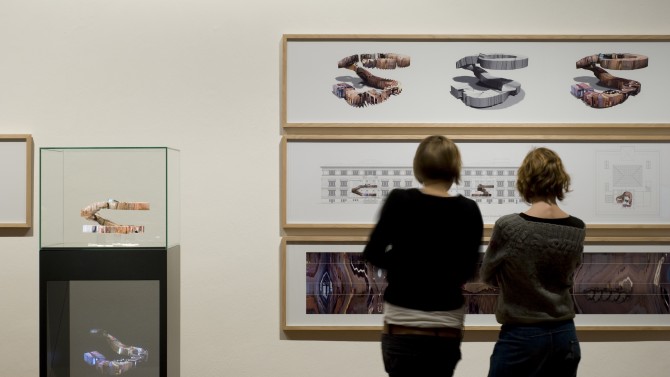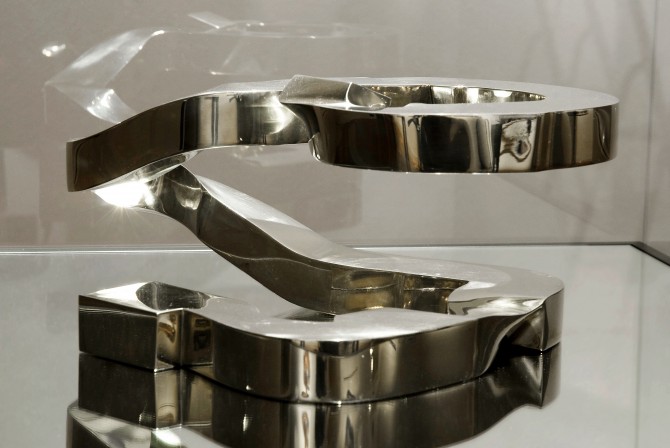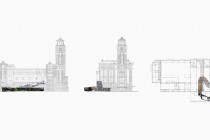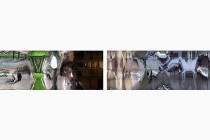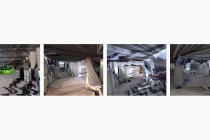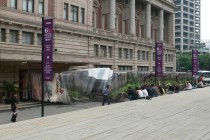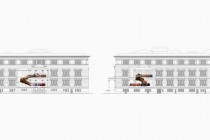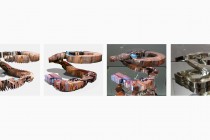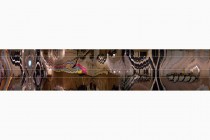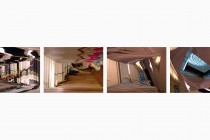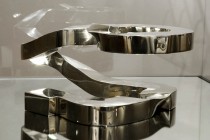The Invisible Shape of Things Past, 1995
The Invisible Shapes of Things Past are parametric translations of movies into space. Single frames from a film sequence are lined up in space, according to the camera movement with which they were shot. Through this translation of single frames consisting of single pixels (picture elements) into space, objects of voxels (volume elements) are generated.
Background and motivation:
Influenced by the emergence of film and multi-exposure photographs, cubists and futurists disintegrated the linear representation of space and time in their pictures and sculptures. They aimed at finding ways to represent movement and introduced the display of multiple times and perspectives of one object. At the same time, artists like Fischinger, Ruthmann and Eggeling developed the “absolute film”. Its mission was to free itself from the display of everything representational, to produce abstraction with cinematic means according to abstract painting. Next to many other techniques, thin slices were cut off from a ball of modelling clay, and the continuously changing cutting plane was then filmed with a film camera, image after image. The result was a decomposition of this object into single frames that when put together, presented a tracking shot through the object.
In the middle of the 1990s, the project The Invisible Shapes of Things Past was developed to reverse this system and to generate objects and sculptures from pre-existing single frames. The work was motivated by the wish to manifest a counter position to the mania of the then widespread hyper-realism in computer graphics. Another goal was to introduce a method of finding an architectural or sculptural form based not on manual modelling but on generative processes.
Screen based application (1995):
In a virtual representation of a city these film objects are positioned according to the place and time they had been shot in the real city.
Augmented architectural model (1999):
With the help of a Pepper’s ghost technique (semi-transparent mirror projection), a film object was augmented onto a physical architectural model.
Film based sculptures (2006):
With the advent of 3D printers making it possible to print virtual objects as material ones, these immaterial film objects left hard drives and screens and are presented as physical sculptures.
